Australia AiG Performance and Services Index dropped sharply from 57.8 to 49.2 in May, indicating mild contraction. Sales dropped -13.0 pts to 50.7. Employment dropped -10.4 to 47.4. New orders dropped -3.3 to 49.7. Input prices dropped -9.1 o 68.7. Selling prices dropped -3.6 to 61.9. Average wages dropped -9.8 to 57.4.
Innes Willox, Chief Executive of Ai Group, said: “The Australian services sector contracted mildly in May after a period of healthy expansion in the earlier months of 2022. Performance was mixed across the sector with strong growth in logistics, retail trade and personal, recreational & other services offset by sharp declines in business & property services and health & education services.”




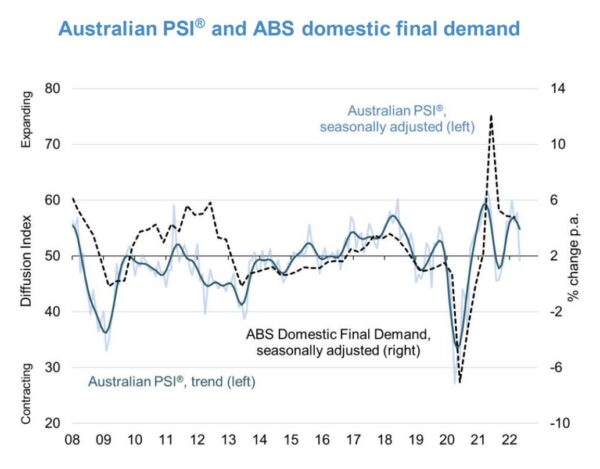
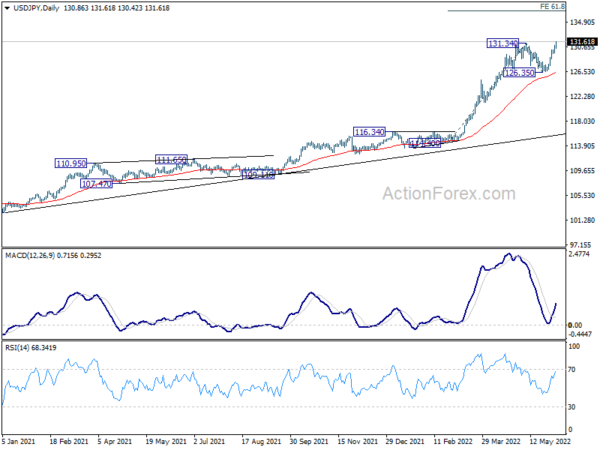
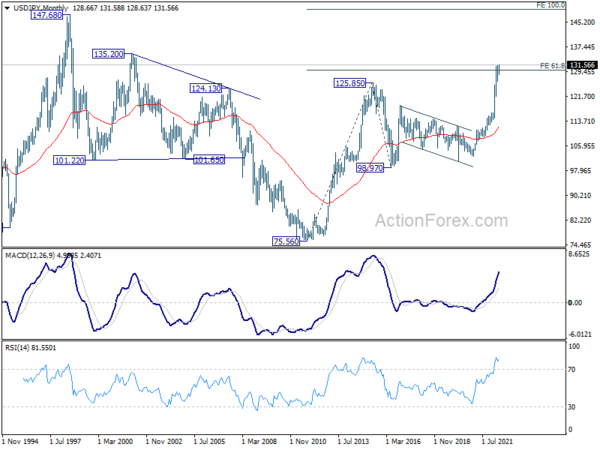
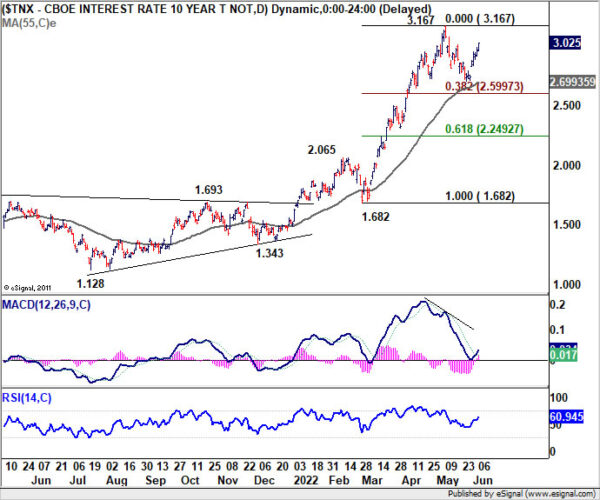
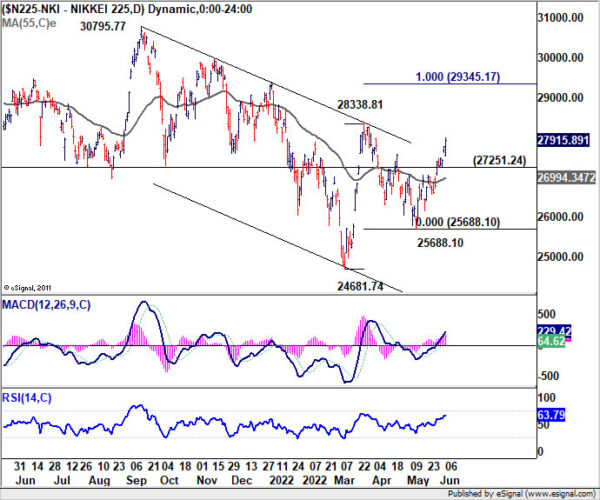
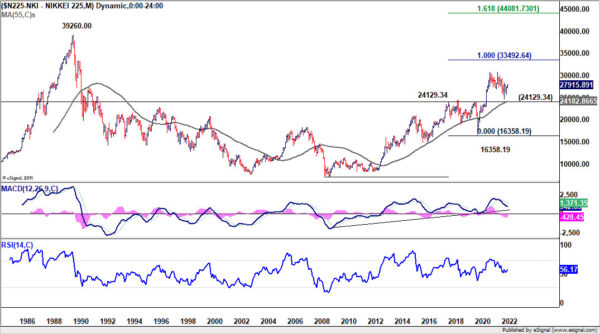
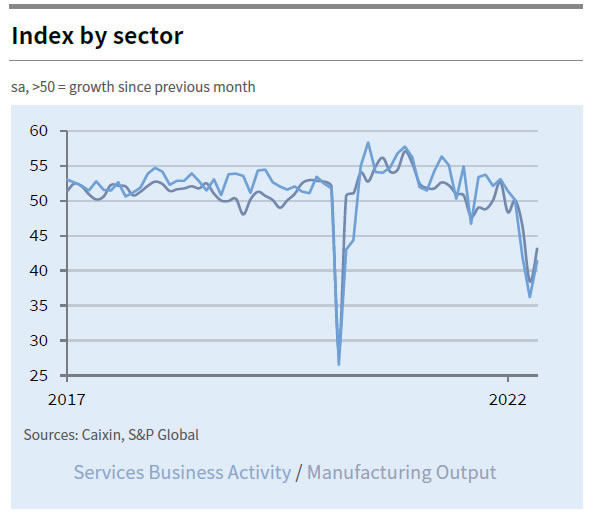
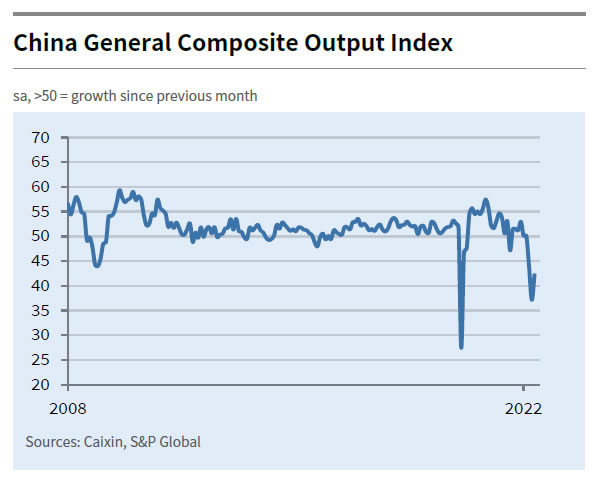
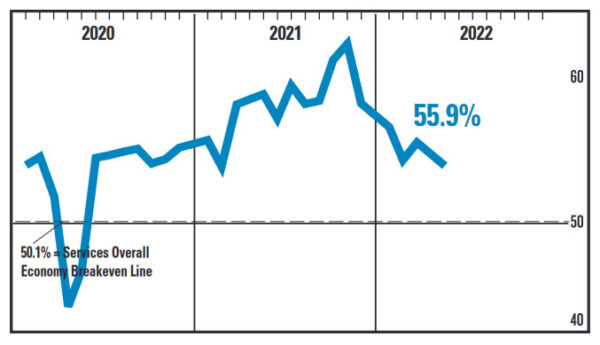
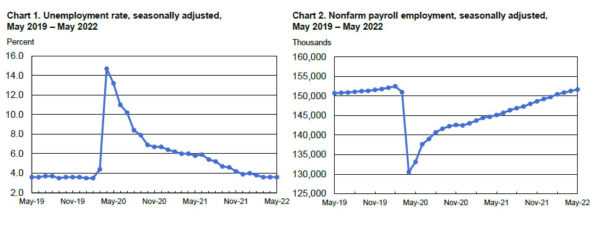
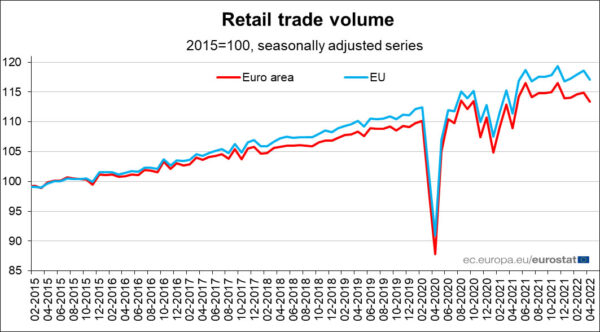
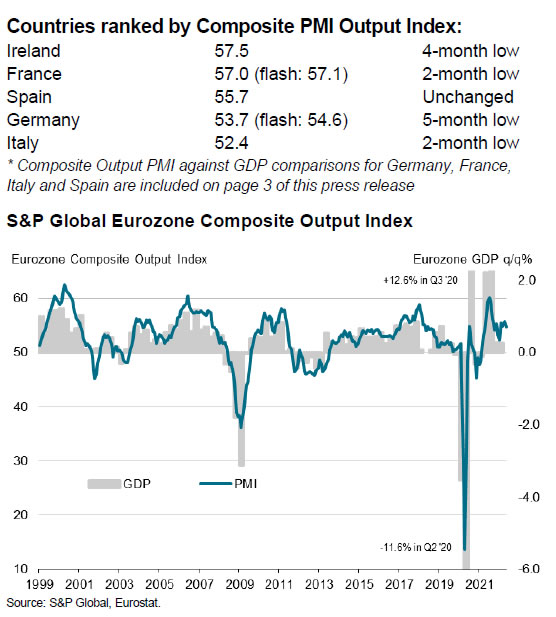
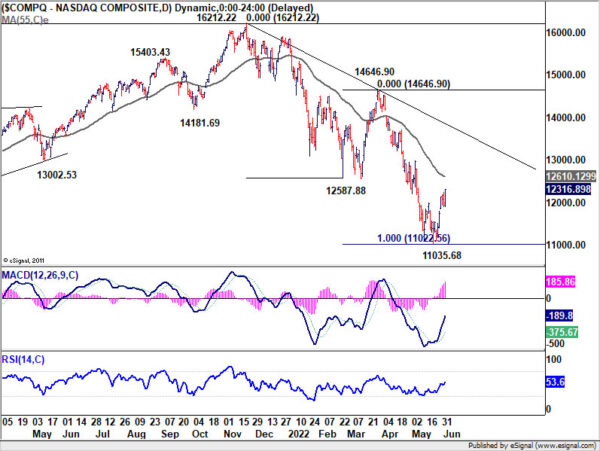
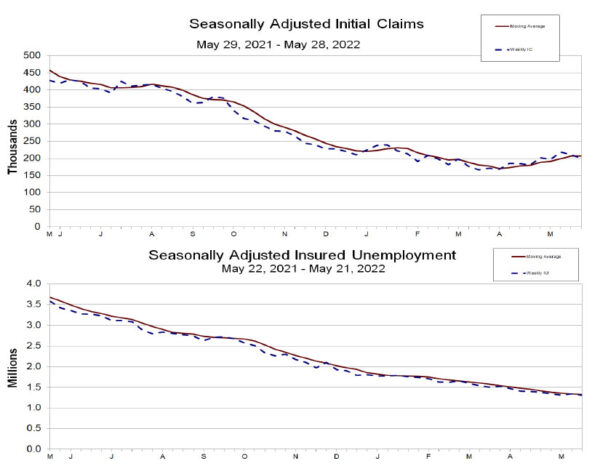
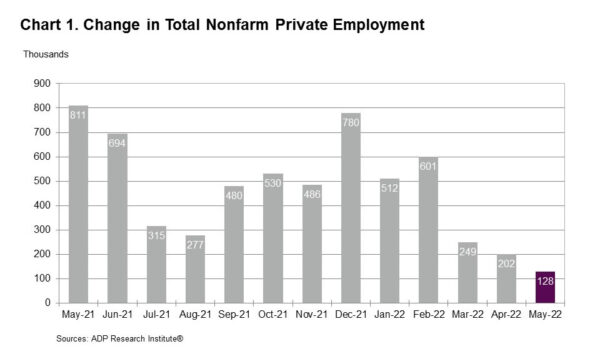
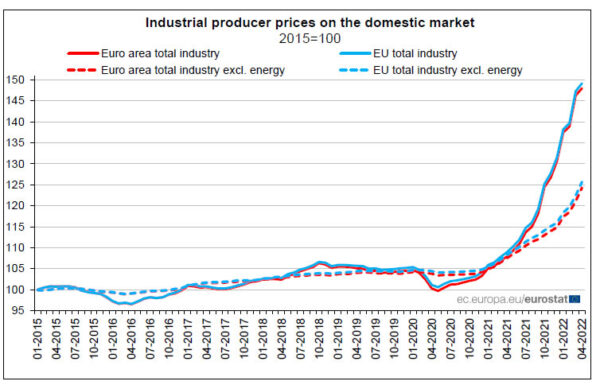
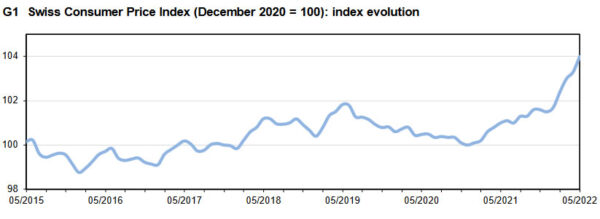

CAD/JPY targeting 2014 high as Yen selloff deepens
BoJ Governor Haruhiko Kuroda said that a weak Yen is “beneficial” for Japan’s economy if the moves are “not too sharp”. He emphasized again that the moves in currency markets should reflect “fundamentals”, and the central bank is “carefully watching” the impact.
The comments came as Yen was sold off broadly, triggered by US 10-year yield reclaimed 3% handle overnight. Germany 10-year bund yield also jumped to fix at 1.323. USD/JPY hit the highest level in over two-decades while CAD/JPY is also getting close to 2014 high at 106.48.
For now, near term outlook in CAD/JPY will stay bullish as long as 103.60 support holds, targeting 61.8% projection of 89.21 to 102.93 from 97.78 at 106.25, which is close to above mentioned 106.48. Sustained break there will pave the way to 100% projection of 68.38 to 106.48 from 73.80 at 111.90. That is the key hurdle for CAD/JPY to overcome in the medium term.